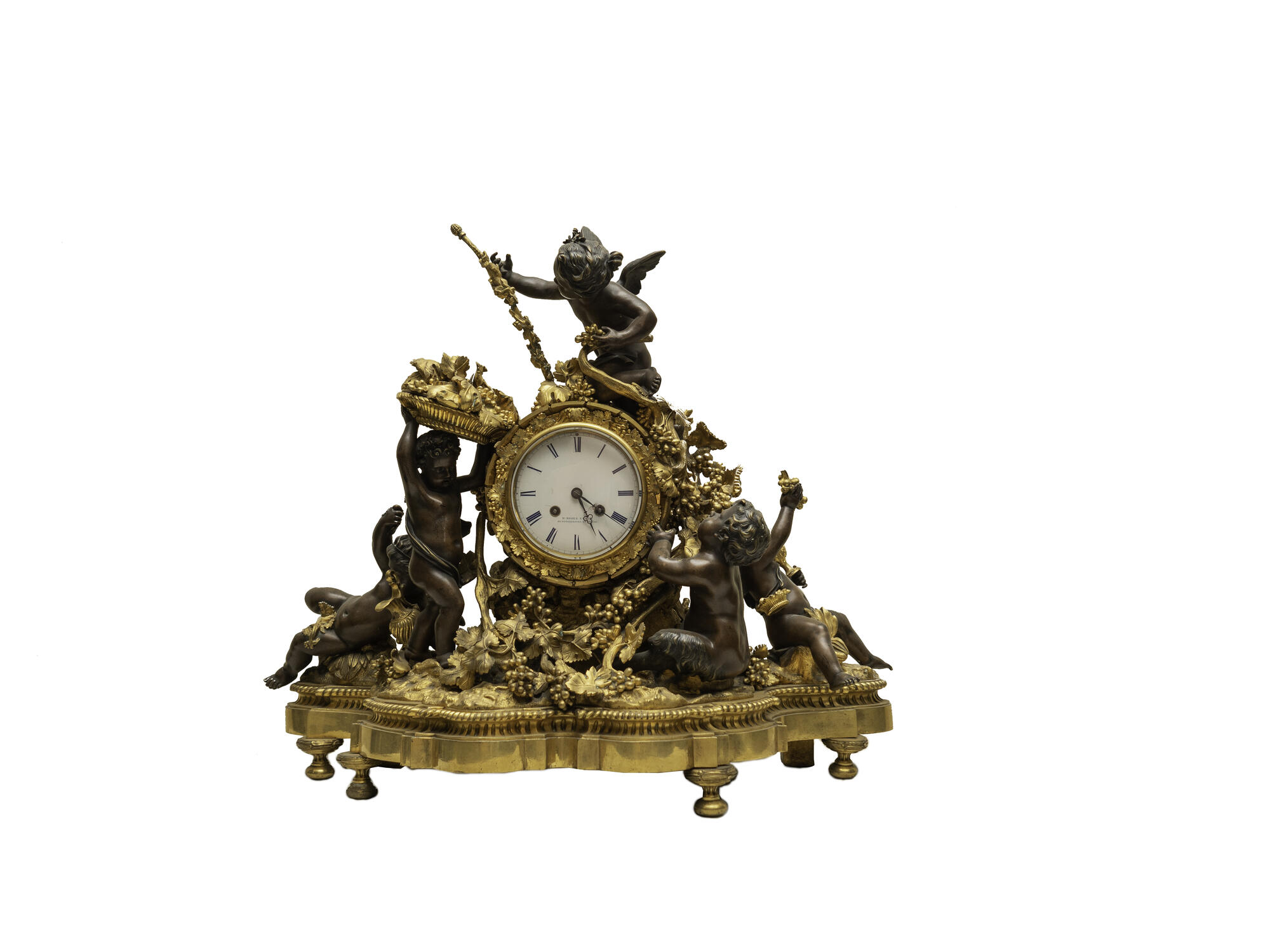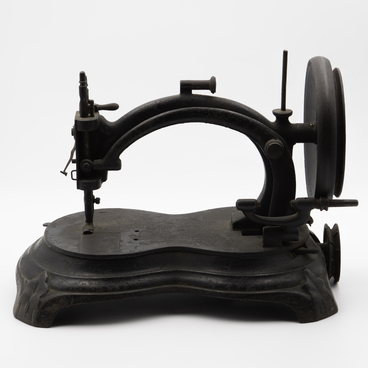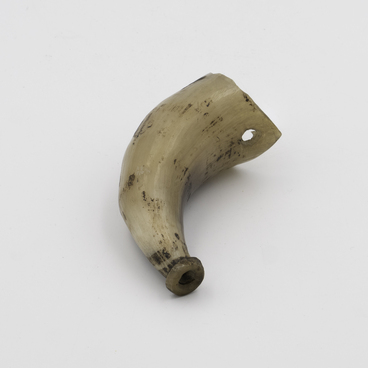The museum collection includes the clock from the creator of the legendary brand Johann Heinrich Moser. He was born in Switzerland in the family of a watchmaker and founded his first production there. Moser began to supply clocks to Russia in the 1820s — his main sales market.
In 1826, in St. Petersburg, Moser created his first workshop, slightly changing the pronunciation of his name in the English manner — Henry Moser. The first brand store in Russia opened in St. Petersburg in 1828, and 11 years later, one more appeared in Moscow. Another place of sale of Moser’s products was the Nizhny Novgorod Fair, the largest in Russia.
Heinrich Moser watches were in demand abroad and were exported from Russia to Asian countries. The quality of the watch is evidenced by the fact that the famous jeweler Carl Fabergé used watches produced at the Moser factory for his works. Over time, the popularity of Moser watches became so great that even fakes for a well-known brand appeared.
The craftsmen ordered watches components in Switzerland, and the watches themselves were assembled in Russia. If Cyrillic inscription was engraved on the clock-face, it meant that the detail was made in St. Petersburg. There was also a stamp on the case. The presence of an impress or engraving, the language used when creating them, had important meaning and influenced the cost of the watch. For example, a product with a single engraving of H. Moser & Co on the back of the lid, without mentioning the brand, was of higher quality, and its cost was higher.
The company also produced a wall clock with a quarter beat. It was customary to compare the time of all other clocks in the house by them. In addition to this, the company was engaged in the production of large and small fireplace clocks — like those that are presented in the museum collection. In everyday life, they were called dining-room clocks. The case of such clocks was made of black marble or onyx and was decorated with gilded bronze ornaments. The device was produced both with and without clock chimes.
In 1868, Moser and another famous craftsman, Florentine-Ariosto Jones, founded the International Watch Company or IWC. It was famous for workshops equipped with the most modern machines. Along with some other brands, the company is considered the founder of industrial watchmaking in all of Switzerland. Moser’s contribution also consisted in the construction of a power plant that supplied mechanical power to factory machines. The IWC Company is still in business today. It is considered one of the flagships of the Swiss watch industry.
In 1826, in St. Petersburg, Moser created his first workshop, slightly changing the pronunciation of his name in the English manner — Henry Moser. The first brand store in Russia opened in St. Petersburg in 1828, and 11 years later, one more appeared in Moscow. Another place of sale of Moser’s products was the Nizhny Novgorod Fair, the largest in Russia.
Heinrich Moser watches were in demand abroad and were exported from Russia to Asian countries. The quality of the watch is evidenced by the fact that the famous jeweler Carl Fabergé used watches produced at the Moser factory for his works. Over time, the popularity of Moser watches became so great that even fakes for a well-known brand appeared.
The craftsmen ordered watches components in Switzerland, and the watches themselves were assembled in Russia. If Cyrillic inscription was engraved on the clock-face, it meant that the detail was made in St. Petersburg. There was also a stamp on the case. The presence of an impress or engraving, the language used when creating them, had important meaning and influenced the cost of the watch. For example, a product with a single engraving of H. Moser & Co on the back of the lid, without mentioning the brand, was of higher quality, and its cost was higher.
The company also produced a wall clock with a quarter beat. It was customary to compare the time of all other clocks in the house by them. In addition to this, the company was engaged in the production of large and small fireplace clocks — like those that are presented in the museum collection. In everyday life, they were called dining-room clocks. The case of such clocks was made of black marble or onyx and was decorated with gilded bronze ornaments. The device was produced both with and without clock chimes.
In 1868, Moser and another famous craftsman, Florentine-Ariosto Jones, founded the International Watch Company or IWC. It was famous for workshops equipped with the most modern machines. Along with some other brands, the company is considered the founder of industrial watchmaking in all of Switzerland. Moser’s contribution also consisted in the construction of a power plant that supplied mechanical power to factory machines. The IWC Company is still in business today. It is considered one of the flagships of the Swiss watch industry.



